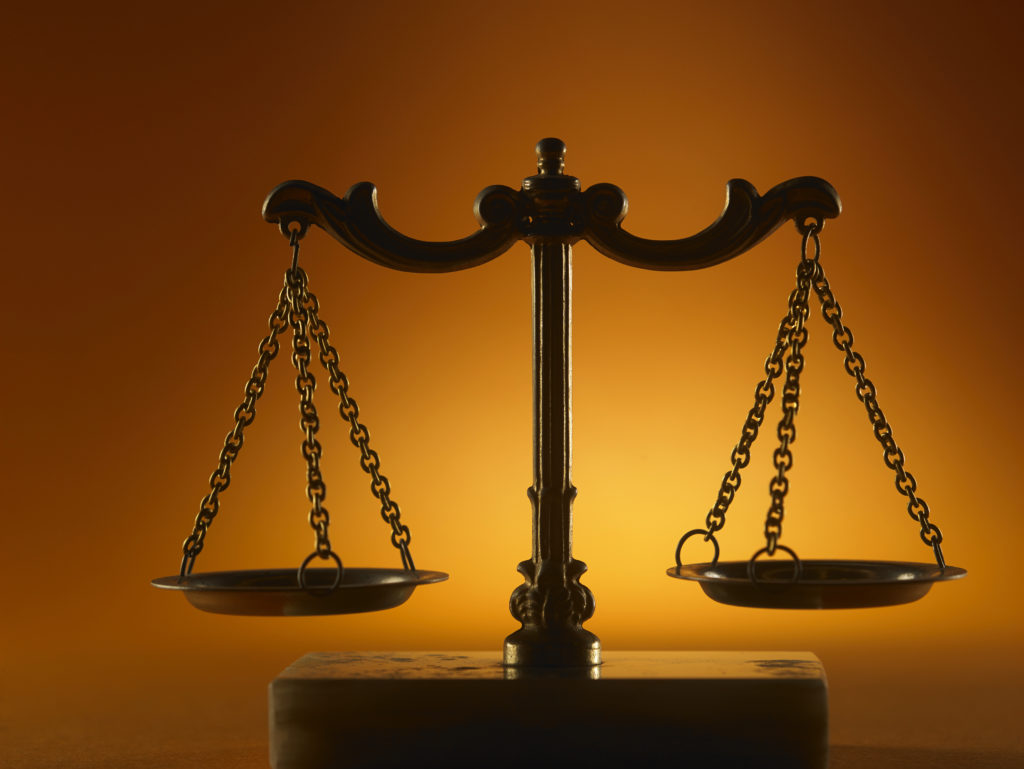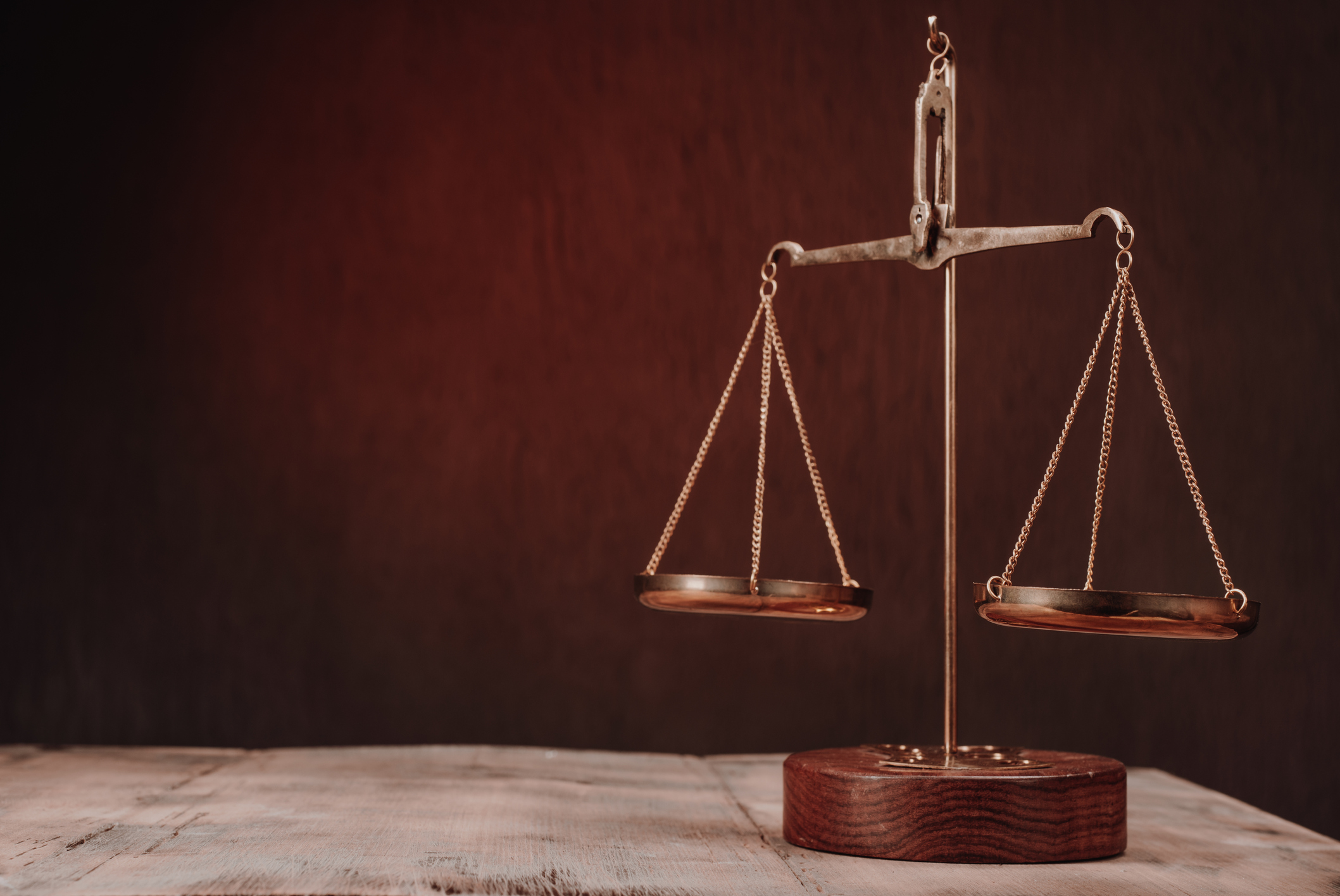
Whenever someone imagines an auto accident, they tend to think of only a single driver being at fault with a single mistake causing an accident. However, car accidents are often not as simple as we like to think. When two or more drivers are involved in an accident, the blame for the accident is often shared by the drivers, as each of them might have contributed to the accident.
Even victims of a personal injury in an accident, be they a driver, passenger, or pedestrian, can be deemed responsible for the accident.
In the past, a victim would be entitled to no compensation whatsoever under the law if they were found to be partially responsible for their injuries. This was based upon the concept of contributory negligence, in which a victim was responsible for the consequences of an accident if they were responsible in any way for it. The principle in American law came from English common law, and it often resulted in harsh judgments against victims even if their contribution to an accident was simple human error rather than negligence or recklessness.
However, most American jurisdictions, including New York, have moved away from the principle of contributory negligence to instead allow reduced compensation in accidents where a victim is partially responsible.
They now use what is known as a pure comparative fault or comparative negligence model, where third parties like a judge or jury will hear a case’s facts and determine proportional liability from them.
Once liability is determined, the court will award compensation based upon the total cost of damages minus the victim’s proportional liability for the accident. For instance, if a victim’s award would normally be $100,000, but the victim is determined to be 30% at fault for an accident, the amount of the award will be reduced by 30% to $70,000.
For New York, the statutes that apply the comparative fault rule to victims are found under Article 14-A of New York’s Civil Practice Law and Rules (CPLR). These help to ensure fairness for both plaintiffs and defendants, ensuring that each is held responsible for their actions while not allowing the other party to exploit that responsibility unfairly. Of course, this can still lengthen trials as defendants are allowed to use a defense of comparative negligence to reduce their obligation to pay, and a court will need to hear arguments for and against a victim’s fault before rendering a judgment.
For instance, the case of Xiao v. Martinez required that the plaintiff prove that she was not partially responsible for her injuries as a result of an auto accident. The defendants alleged that Xiao had been irresponsible and was therefore partially responsible for the injuries she suffered when hit by their vehicle while crossing a road. When she proved through sworn affidavit that she had exercised due caution and restraint as a pedestrian and the defendant failed to provide a counterargument, the court ruled in the plaintiff’s favor, ensuring that she would receive the compensation she deserved for their injuries.
What If There Are Two or More Liable Defendants?
Where there is more than one party that is liable, New York applies the principle of joint and several liability. This means that for economic losses, any single party may be forced to pay the entire amount, regardless of the percentage they were deemed to be at fault. For non-economic losses (e.g. pain and suffering), if a party is less than 50% liable, it will only be responsible to pay the amount in accordance with the percentage they were deemed to be at fault.
The statutes determining this are found in Article 14 of the New York CPLR, and it can often make compensation difficult to understand. Once again, the idea behind the rule is to ensure fairness for all involved parties despite their mistakes.
The courts do not wish to force payment above a liable party’s contributions to an accident, but they must also recognize the facts of their mistakes and errors to ensure proper and prompt compensation.
The result is a balancing act that considers all liable parties’ actions to produce the most equitable and just outcome for everyone. An experienced attorney should be able to help explain these complex concepts further and apply them to your particular case.
Frequently Asked Questions
Yes. Almost any case that results in personal injury or property damage in New York will have comparative fault as a consideration. This can be anything from a dog bite caused by aggressive or improper treatment of another’s dog to a workplace injury caused both by management’s improper behavior and a worker’s own mistakes.
Additionally, New York has waived its sovereign immunity for liability in accidents that cause personal injury or property damage. That means that, if a public entity or public employee is responsible for your accident to some degree, liability can be assigned to them by the court. For instance, if a traffic signal is malfunctioning and another driver does not exercise due caution in crossing the road, both the public entity responsible for maintaining the traffic lights and the driver are responsible for the accident.
Multi-vehicle accidents often have multiple liable parties involved. It is often too difficult for a single injured person to collect insurance information and police reports for these cases let alone negotiate with multiple at-fault parties. As such, you should seek out a law firm that will be able to collect this information for you and act as your legal representative during negotiations and court appearances.
Yes. Contributory negligence began as a gatekeeper defense, and comparative fault still acts as a form of limited legal defense for liable parties. An experienced personal injury attorney will be able to acquire police reports and eyewitness testimony to negate this defense. Still, it is possible that you will be found partially liable for an accident and have your compensation for injuries reduced as a result. Here, again, an attorney can fight to minimize the proportion of liability assigned to you.
What Should I Do if I’m Injured in an Accident?
If you or a loved one have been injured in an accident, contact Rosenblum Law for a free, no-obligation consultation today. Our experienced personal injury attorneys can analyze the situation and negotiate the best possible settlement for you. Call 888-815-3649 or email us today.


